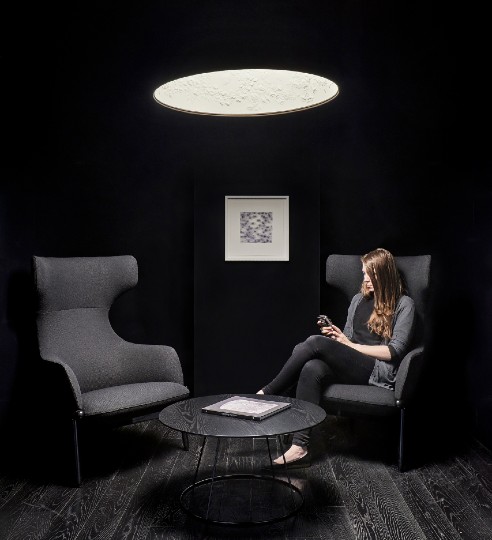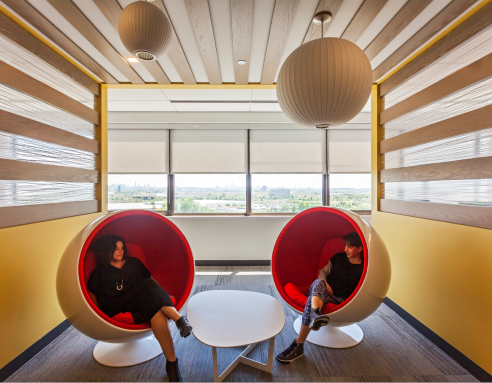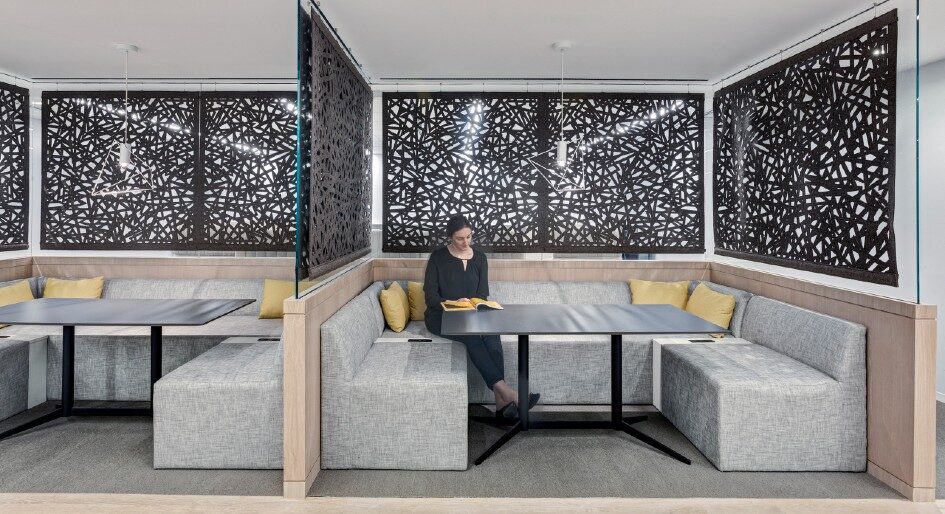Trauma is defined broadly as an emotional response to an overwhelming incident or series of events. When our subconscious ability to cope is overwhelmed, we exhibit a number of cognitive and behavioural symptoms that may indicate a form of psychological trauma. While many have potentially traumatic personal experiences, collective trauma, or the sum of psychological reactions to a traumatic event from a large group of people, has also become increasingly recognized over the last 50 years.
It’s clear that no event in the last century has had the collective impact on society that the COVID-19 pandemic over the last two years. The scale of the issue, compounded with the disruption of social life, loss of friends and family, and solitary lockdowns led to intense feelings of helplessness, uncertainty and stress. Society as a whole has had to adjust to the new and rapidly changing reality of our current situation.
The standout element here is control — or our ability to make meaningful decisions that impact our surroundings, providing us with the ability to achieve specific goals or desires. In healthcare, trauma-informed care (TIC) is an approach that recognizes and actively addresses the symptoms and underlying causes of trauma in patients, empowering them to heal in a safe environment.
The environmental factor is critical for success, and contemporary designers are working diligently to create spaces that take into account both society’s recent collective trauma and the tenets of TIC.
Realizing TIC in the built environment can take many forms, but ultimately boils down to creating spaces that take its principles into account, leading to the physical spaces that promote safety, well-being, and healing.
The method itself consists of five guiding principles: safety, choice, collaboration, trustworthiness and empowerment. As physical space affects a host of personal attributes including our identity, worth, and dignity, it’s become even more important to create environments that lead to greater empowerment and healing for those who have experienced challenging times.
As a collective wave of trauma-related symptoms such as fear, anxiety, and isolation has swept over North America, workplace strategists have begun to tackle the challenge of creating office environments that help with healing through trauma-informed design.
 These considerations largely take the form of enhanced control in day-to-day decision-making. For some team members, having a respite space may be just as important as a vibrant area for collaboration. Others might seek out a social environment following a large meeting, and still others require an enclave to decompress after a stressful experience.
These considerations largely take the form of enhanced control in day-to-day decision-making. For some team members, having a respite space may be just as important as a vibrant area for collaboration. Others might seek out a social environment following a large meeting, and still others require an enclave to decompress after a stressful experience.
The ability to choose between a variety of space typologies, layouts, and general settings offers a modicum of control that is helpful in managing negative feelings associated with long-term trauma. Gathering information from companies’ individual workforces allows strategists to provide tailored recommendations and create a customized workplace experience based on the perceived needs of employees. This allows organizations to maximize the number of workspaces that promote safety, well-being, and healing for the particular space’s inhabitants.
Trauma-informed design at its core is about conceptualizing environments that promote a sense of calm, safety, dignity and overall well-being for all occupants to increase levels of satisfaction. These outcomes can be achieved by adapting spatial layout, creating visual interest, artwork, biophilic design, etc.
 Realizing and implementing these components can greatly contribute to the happiness and success of teams operating within these environments.
Realizing and implementing these components can greatly contribute to the happiness and success of teams operating within these environments.
In the age of work-from-home, it’s never been so crucial to provide adequate space for employees to use as they please. This has the two-fold benefit of taking residual pandemic trauma into account, while simultaneously serving as a primary draw to bring the workforce back to their respective offices.
As we move toward the future of trauma-informed design, we will likely continue to see an increased emphasis on easy-to-navigate spaces, multifunctional furniture arrangements, and purposeful use of colour to create a calming effect with an abundance of natural light.
New environments will be designed with an emphasis on safety of the user, whether it’s increased transparency or a highlight on wellness, so the future of our spaces will not focus only on the standard designs we are used to seeing, but will prioritize end-users (and their emotions) themselves.
We can continue to prioritize the implementation of tenets of TIC by creating diverse, agile environments in all fields that limit stressors and contain the ability to adapt to the ever-changing needs of users.
Judith Carlson is Senior Workplace Strategist at Ted Moudis Associates






